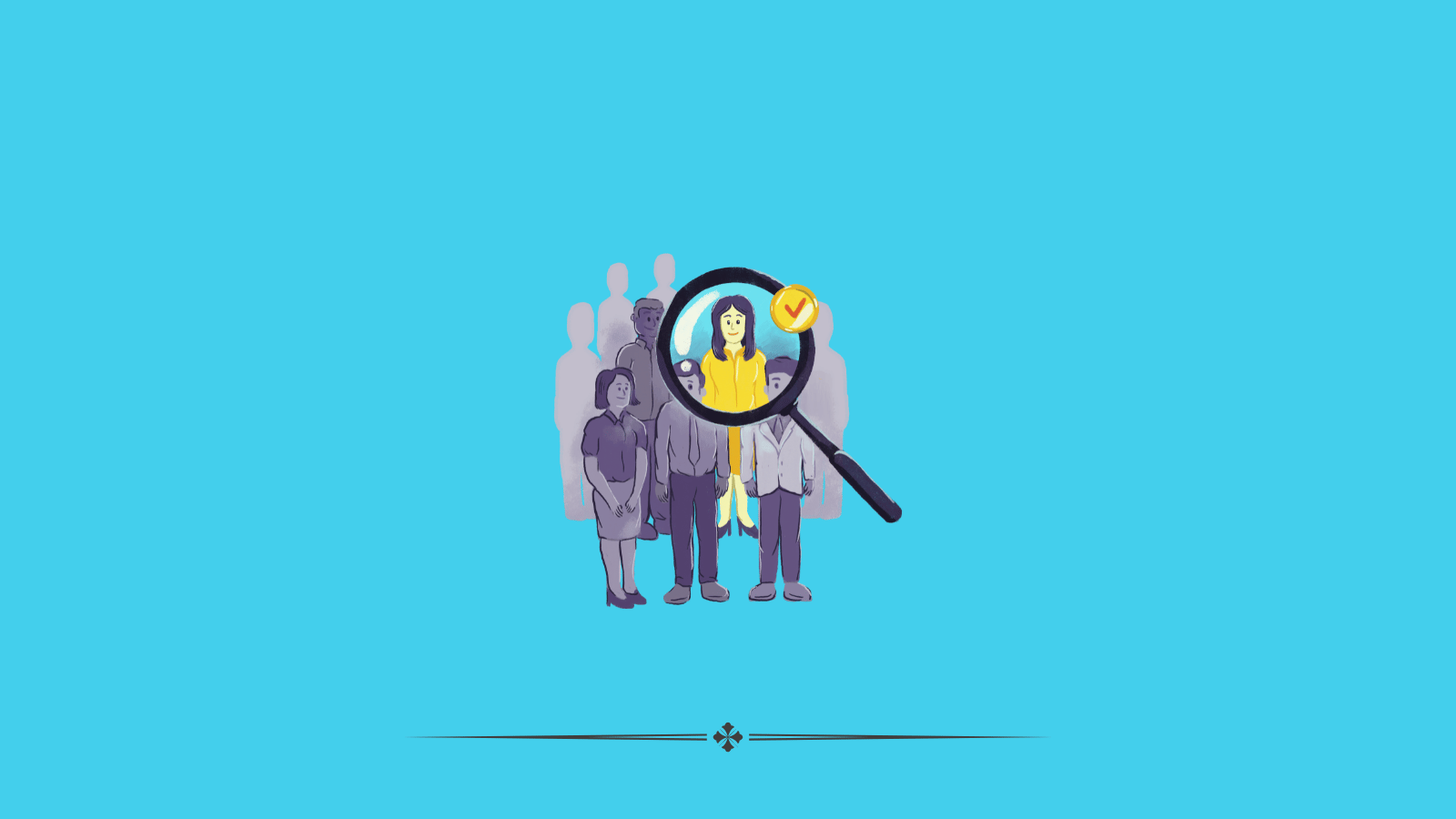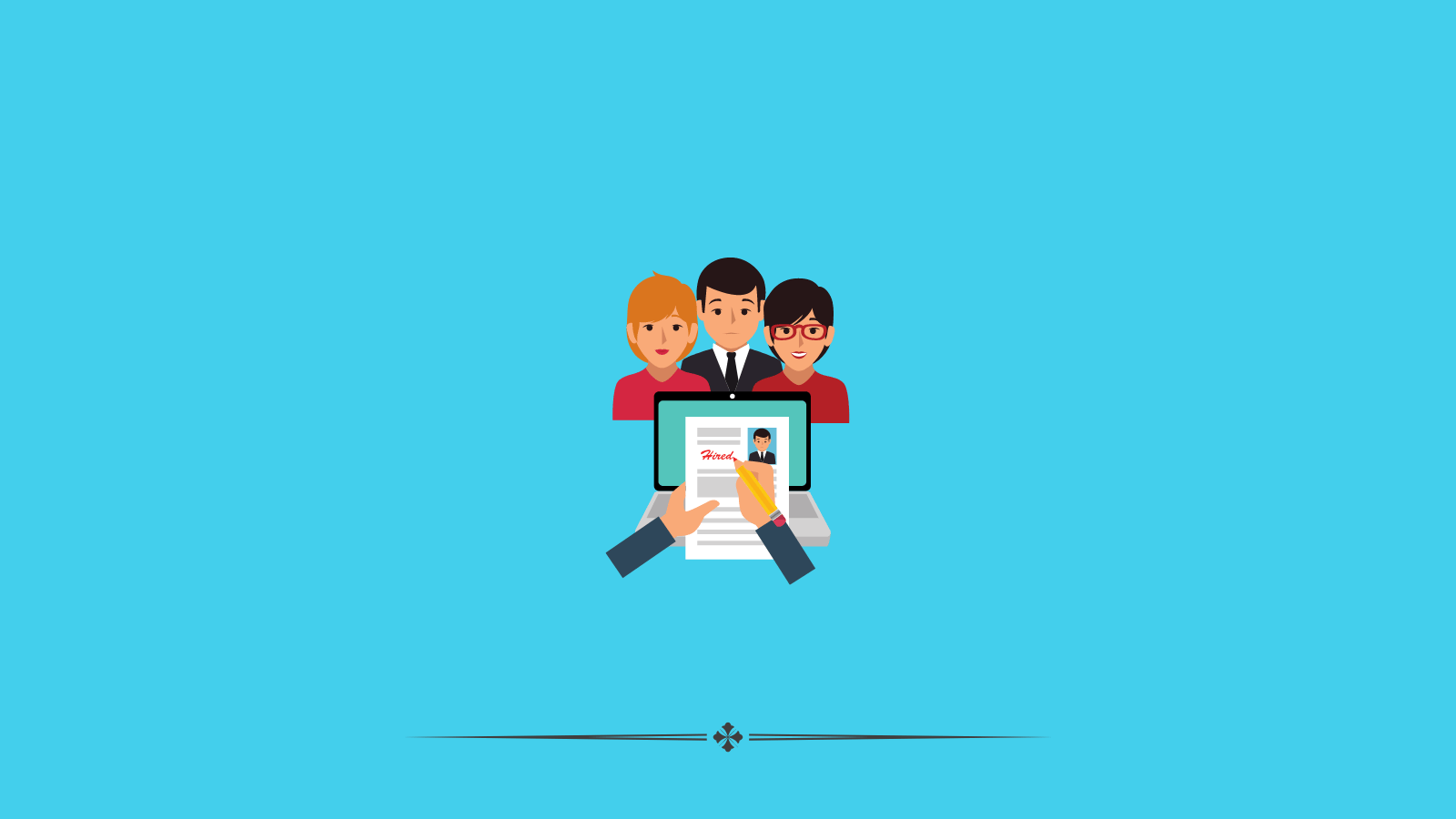Revolutionize Your Hiring Process: The Power of Intelligent AI Tools
Thanks to the evolution of artificial intelligence (AI) in hiring, a world where the recruitment process is faster, more efficient, and less biased is now within your reach. Intelligent hiring tools, equipped with capabilities like an AI response generator and self-learning AI, are transforming how companies attract, screen, and select candidates.
By leveraging these technologies, you can streamline your recruitment process and ensure you find the right candidate for the right role at the right time.
Chapters
The Role of AI Response Generators in Recruitment

An AI response generator is a powerful tool that can serve as your recruitment assistant. This technology automates the initial communication with applicants, providing timely and personalized responses based on their inquiries and applications. Imagine you receive hundreds of applications for a single job posting.
An AI response generator can immediately acknowledge each application, answer common questions, and provide updates about the recruitment process without any human intervention.
This level of interaction ensures that candidates feel engaged and valued from the start, significantly enhancing the candidate experience. Moreover, it frees up your human HR staff to focus on more strategic tasks rather than getting bogged down by routine queries and application management.
This shift optimizes your workflow and reduces the chances of human error and bias in the initial stages of hiring.
Enhancing Candidate Screening with Self-Learning AI
Self-learning AI goes a step further by continuously improving its screening algorithms based on new data. This AI examines resumes and application materials to identify the most promising candidates based on criteria you’ve set, such as relevant experience, skills, and educational background.
But it doesn’t stop there. As it encounters new hires and receives feedback about their performance, it adjusts its criteria and learning models better to predict candidate success in specific roles within your company.
This dynamic approach to candidate screening is particularly powerful because it adapts to your organization’s evolving needs and the job market’s changing dynamics.
By leveraging self-learning AI, you can ensure that your recruitment process remains at the cutting edge, always improving and becoming more accurate at identifying top talent. Ultimately, this AI can bolster your company’s overall performance in the long run.
Integrating AI Tools for a Comprehensive Recruitment Strategy

To fully harness the power of AI in recruitment, it’s crucial to integrate these technologies into a comprehensive hiring strategy. This means aligning your AI tools with your HR goals and ensuring they work in harmony with your overall business objectives.
Integration involves training your HR team on how to use these tools effectively and ensuring that they complement rather than replace the human touch that is so vital in the recruitment process.
For instance, while AI can handle initial screenings and communications, human HR professionals are invaluable when it comes to interpreting more nuanced aspects of a candidate’s application or conducting in-depth interviews.
Moreover, by integrating AI tools with other HR systems like talent management and workforce planning software, you can create a seamless flow of information and a more cohesive recruitment strategy.
How Recruiters Can Start Using AI
Recruiters looking to integrate artificial intelligence (AI) into their processes can make significant improvements in efficiency, accuracy, and candidate engagement. Here’s a step-by-step guide on how recruiters can start using AI:
Step 1: Identify the Needs and Challenges
Begin by assessing your current recruitment process to identify areas where AI can be most beneficial. Common challenges include sorting through large volumes of applications, improving the quality of hire, reducing biases, and enhancing candidate engagement.
Step 2: Research AI Solutions
Explore available AI tools tailored to recruiting. These might include:
- Automated resume screening: AI tools that parse and rank resumes based on job descriptions.
- AI-driven candidate sourcing: Tools that use AI to identify potential candidates from various databases and online platforms.
- Chatbots: AI programs that engage with candidates, answer their queries, and schedule interviews.
- Interview and assessment tools: AI-driven platforms that assess candidates through video interviews and skill-based tests.
Step 3: Choose Suitable AI Tools
Select AI tools that align with your identified needs. Consider factors such as:
- Compatibility with your existing HR software.
- Ease of use for both recruiters and candidates.
- Data security and compliance with privacy laws.
- Vendor support and training resources.
Step 4: Pilot Test
Before full-scale implementation, conduct a pilot test with one or more AI tools. Choose a small portion of your recruiting process, like screening resumes for a particular job opening. This allows you to monitor the tool’s effectiveness and make adjustments without impacting the entire recruitment process.
Step 5: Train Your Team
Ensure your recruitment team is trained on how to use the new AI tools. This includes understanding how the AI makes decisions, how to interpret AI-generated insights, and how to integrate these insights into their recruitment practices.
Step 6: Implement AI Tools
Gradually roll out AI tools across your recruitment processes. Integrate these tools with your Applicant Tracking System (ATS) and other HR software to streamline workflows and data management.
Step 7: Monitor Performance and Gather Feedback
Regularly monitor the performance of AI tools using metrics like time-to-hire, cost-per-hire, and candidate satisfaction. Also, gather feedback from recruiters and candidates on their experiences with the AI tools.
Step 8: Adjust and Optimize
Use the insights gathered from monitoring and feedback to fine-tune the AI tools. Adjust configurations, workflows, and even the tools themselves to better meet your recruitment needs.
Step 9: Stay Informed and Compliant
Keep up with the latest developments in AI and recruiting to continuously improve your processes. Also, ensure compliance with evolving data protection laws and ethical standards regarding AI usage.
Step 10: Scale Up
As you become more comfortable and see measurable benefits from AI, consider expanding the use of AI tools to other parts of the recruitment process or other locations within the organization.
Conclusion: Achieving Recruitment Excellence with AI
Adopting intelligent AI tools can be a game changer in dealing with the complexities of recruitment. Incorporating an AI response generator and self-learning AI into your hiring processes empowers your HR team to work more efficiently and make more informed decisions. This leads to better hires and a more dynamic and responsive recruitment system.
The journey to fully integrating these technologies into your recruitment strategy requires commitment and adaptation, but the payoff is substantial. With AI on your side, a future where recruitment is a strategic advantage that drives your company forward becomes possible.
Create more and better content
Check out the following resources and Grow!